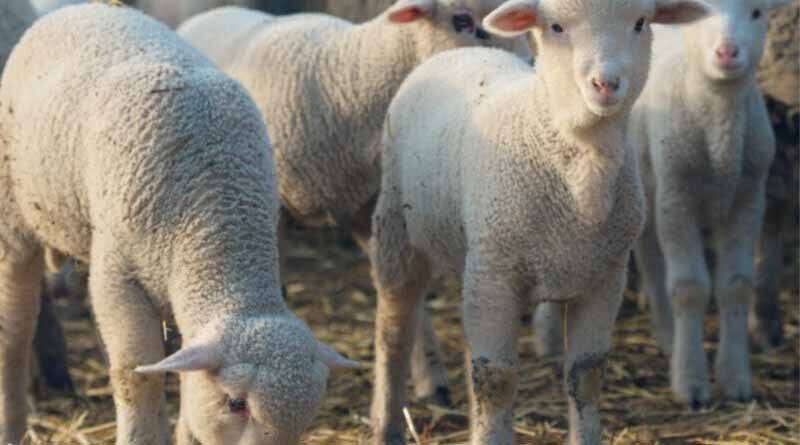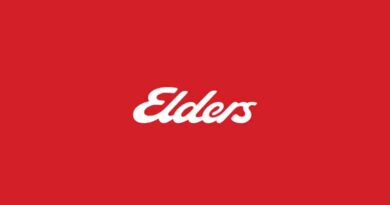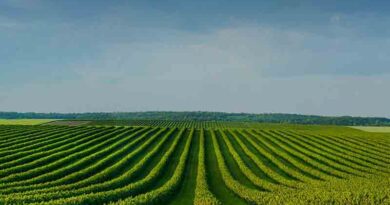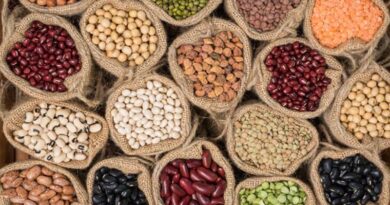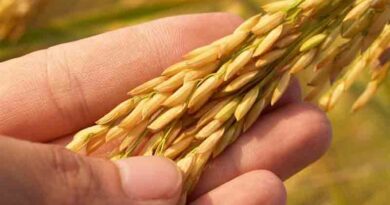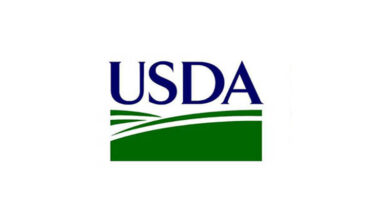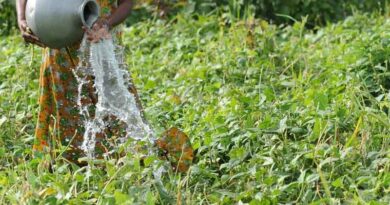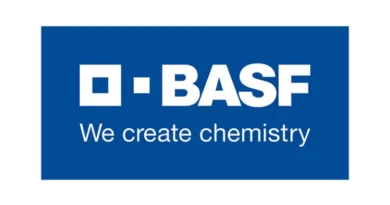How you can minimise the risk of acidosis in feedlot lambs
05 December 2022, AU: Feedlots and supplementing grain in paddocks are popular ways farmers can optimise growth rates, maintain condition and reach market weights when pasture availability is limited.
Grain assisting lambs during slow pasture growth is a great way to maximise production and profitability. However, feeding grain comes with its own set of challenges, including the risk of acidosis.
What is acidosis and how can it be prevented?
Acidosis, or grain poisoning, can occur when an animal eats high quantities of grain to which they are not accustomed to, and roughage is limited.
Grains are rapidly fermented by bacteria in the rumen, which produces large amounts of lactic acid, causing the rumen to drop in pH and become acidic. Low pH in the rumen over a long period of time inhibits intake and digestion. Signs of acidosis include depressed appearance, lying down, diarrhoea, dehydration, bloating (left side of abdomen), staggering and death1.
With reduced rumen function, acidosis can also impact other functions due to mineral imbalances or deficiencies becoming increasingly worse, the longer the pH is below optimum.
How to reduce acidosis?
To reduce the risk of acidosis, gradually introduce grain over a two-week period and provide good quality hay for roughage. Start with 100 grams per head per day via trail feeding or in an adjustable self feeder and slowly increase by 50 grams per day until you reach desired intakes. If feeding 500 grams per head per day or greater, ensure you include a buffer into the grain, as well as a functional yeast product such as Yea-Sacc®, to reduce fluctuations in pH.
In addition, keep in mind that cereal grain is low in calcium relative to phosphorus and potassium, so a mineral supplement with good levels of calcium and vitamin B is essential to include in the ration.
Yea-Sacc, from Alltech, is a live yeast culture, which stimulates the bacteria responsible for both fibre digestion and acid removal.
Backed by over 40 years of research, Yea-Sacc’s mode of action is to seek out oxygen within the rumen, creating an anaerobic environment favourable for the fibre-digesting and lactic acid-utilising bacteria. This leads to more efficient digestion, increasing average daily weight gain as well as stabilising the rumen pH and reducing the risk of acidosis.
Alltech Lienert’s Blueprint Sheep 50 Concentrate pellet is a balanced vitamin and mineral concentrate pellet for optimum performance of feedlot sheep and lambs, when added to grains. It has been formulated to contain all essential vitamins (A, D, E and B group), Bioplex® (chelated) organic trace minerals and Yea-Sacc, to reduce the risk of acidosis. Blueprint Sheep 50 Concentrate also contains an Ionophore (Bovatec 20CC), to prevent coccidosis. The pellet should be included into feedlot rations at 50 kilograms (two 25 kilogram bags) per tonne of finished feed.
Also Read: Promoting Agricultural Transition in Asian Mega-Deltas
(For Latest Agriculture News & Updates, follow Krishak Jagat on Google News)

